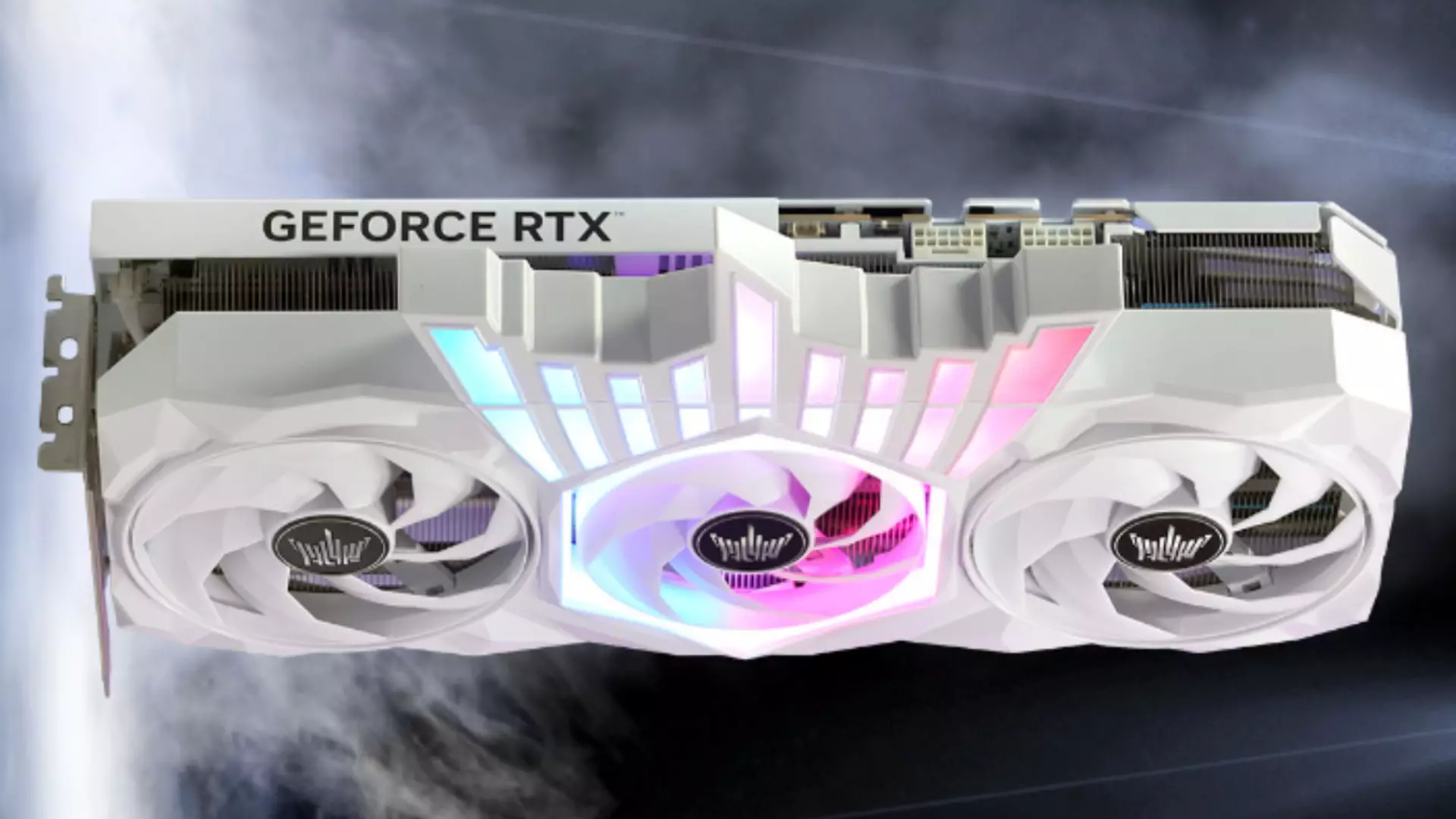In the world of high-end GPUs, the Galax RTX 5090 D HOF XOC stands out not just for its specifications but for its status as a symbol of the extremes of hardware engineering. This graphics card isn’t designed for mainstream consumers; it embodies overclocking potential pushed to its limits and beyond. Originally exclusive to the Chinese market, its existence underscores a niche community of enthusiasts craving sheer power and performance that border on the absurd. The card’s moniker alone—HOF (Hall of Fame) and XOC (Extreme Overclocking)—sets the tone: this is not your average gaming GPU; it’s a legendary tool for performance renegades.
Design That Commands Attention
From the outset, the RTX 5090 D HOF XOC’s aesthetic commands admiration and curiosity. Its shroud design, which appears to incorporate a crown-like motif, isn’t merely cosmetic—it symbolizes dominance. This is a hardware piece meant to stand tall, convey authority, and embody over-the-top engineering. The build quality reflects this ambition. With a 12-layer PCB, dual 16-pin 12V-2 power connectors, and a 38-phase power delivery system, the card is a fortress of power delivery, meticulously optimized for overclocking stability under extreme conditions. Every component whispers its purpose: to handle extraordinary power draws and sustain relentless pushing of limits.
Power Limits That Defy Reality
The most provocative aspect of this GPU lies in its power configuration. Evidence suggests that a BIOS mod grants it an astonishing 2,001 W power ceiling—an astronomical figure in the realm of consumer graphics cards. For context, the standard RTX 5090 sports a 575 W TDP, which itself was a record-breaking figure; yet, this card appears engineered to nearly quadruple that capacity. Such a limit is purely theoretical, however, because hardware constraints, thermal management, and power supply capabilities impose practical boundaries. In reality, the GPU’s consumption remains locked around 1,000 W, ensuring it doesn’t immediately become molten silicon. This dichotomy between potential and reality encapsulates the essence of extreme overclocking: playing at the edge without crossing into catastrophic failure.
Overclocking: From Ambition to Achievement
Team OGS and other overclocking virtuosos have already demonstrated what this GPU is capable of under controlled conditions. By employing bespoke BIOSes and chilled cooling methods like liquid nitrogen, they’ve pushed clock speeds to breathtaking levels—tailoring the core clock to an eye-watering 3,650 MHz. Such figures are staggering, considering the stock boost clocks are far lower, yet they exemplify how this hardware can transcend typical performance boundaries. These overclocking feats are more than mere benchmarks; they are power plays, asserting dominance in competitive hardware records, such as the 3DMark Port Royal score exceeding 47,600 points. While the pursuit of higher metrics continues and some records are broken, the effort reflects a relentless desire to push technology into realms most wouldn’t dare to explore.
The Hidden World of Hardware Extremes
Access to this groundbreaking BIOS—and perhaps the GPU itself—is shrouded in secrecy. The overclocking community appears to share these innovations discreetly, recognizing both their value and the risk involved. The BIOS often travels in unmarked packages or clandestine channels, emphasizing the exclusivity and danger associated with such modifications. It’s a realm where hardware enthusiasts become explorers of the limits, risking stability, thermal runaway, and even hardware destruction. This environment fosters a culture of precision, patience, and daring, driven by the thrill of surpassing what’s considered possible.
My Critical Reflection
Despite the ingenuity and engineering marvel that the Galax RTX 5090 D HOF XOC represents, I can’t help but critique it as a testament to how far the pursuit of performance can stray from practical. It’s a showcase of excess, bordering on obsession, where the limits of physics and engineering are tested just because they can be. Such hardware is inherently inaccessible, not just because of cost but because of the ecological and hardware sustainability questions it raises. The obsession with extreme overclocking sometimes feels like chasing a fleeting adrenaline rush rather than advancing meaningful technology for everyday users. Nevertheless, it undeniably forms a critical point of inspiration, pushing industry standards and fostering innovation that might eventually benefit broader markets. Yet, I must caution that the hyper-focus on pushing physical limits may overshadow the importance of sustainable, efficient, and accessible technology development.
The Galax RTX 5090 D HOF XOC is a monument to human engineering ambition—a daring leap into the realm of the impossible. Whether it sets a new standard or remains a collector’s trophy for the audacious, it fundamentally exemplifies the relentless desire to dominate hardware performance, regardless of the obstacles.

